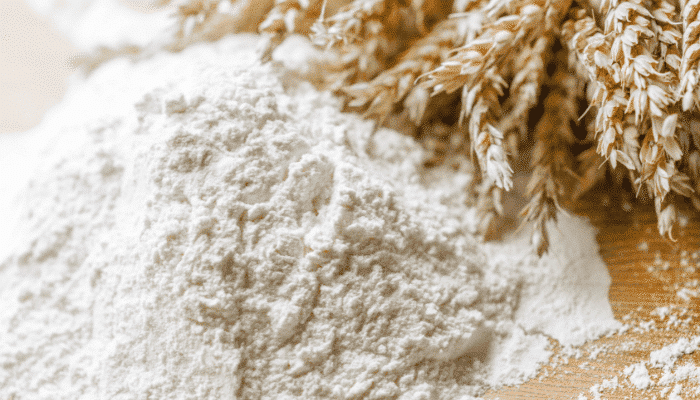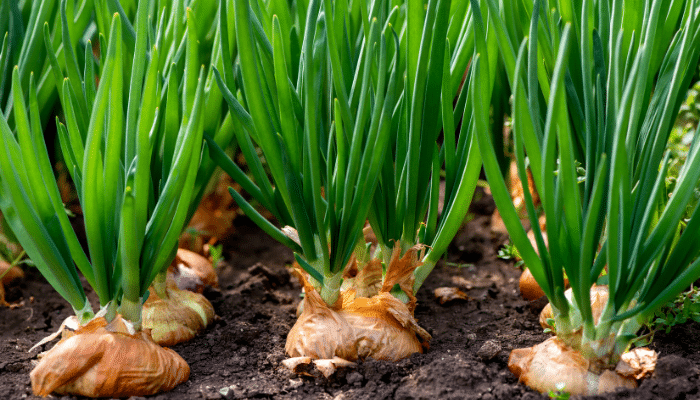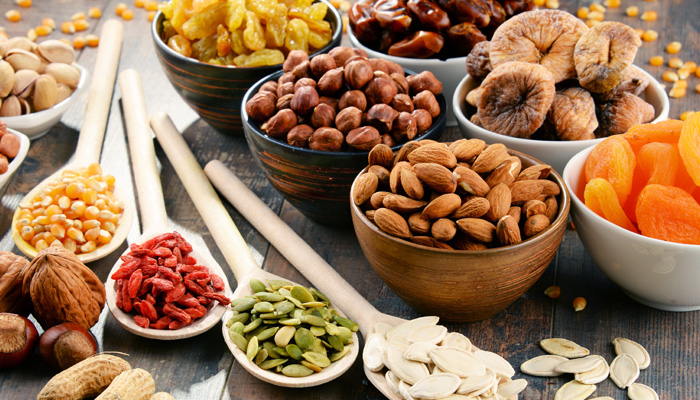
Article réservé aux abonnés


New texts amending EU regulation 2023/915 have just been published in the OJEU.
This regulation clarifies certain points in Annex I:
T2-HT2 :
- Point 1.9.5 concerning bakery products containing at least 90% milled oat products has been replaced by : Bakery products containing at least 75% milled oat products.
The limit of 100 µg/kg applicable from 01/07/24 remains unchanged.
HYDROGEN CYANIDE :
- Point 2.3.2 concerning whole, crushed, ground, broken or crushed unprocessed linseed placed on the market for the final consumer has been replaced by : Whole, crushed, ground, broken or crushed linseed placed on the market for the final consumer.
The 150 mg/kg limit remains unchanged.
- The wording of the exception in point 2.3.1 has been aligned with the wording concerning maximum aflatoxin levels in groundnuts (peanuts) and other oilseeds intended to be crushed for the manufacture of refined vegetable oil.
The limit of 250 mg/kg remains unchanged.
OTA :
- A clarification on the remark in point 1.2.9 concerning oat grains has been added: The maximum content applies to unprocessed cereal grains (surrounded by their husk in the case of oats) placed on the market for initial processing.
The limit of 5 µg/kg remains unchanged.
- Point 1.2.10 concerning products derived from unprocessed cereal grains and unprocessed cereals placed on the market for the final consumer, excluding the products listed in points 1.2.11, 1.2.12, 1.2.13, 1.2.23 and 1.2.24 has been renamed for greater clarity by :




